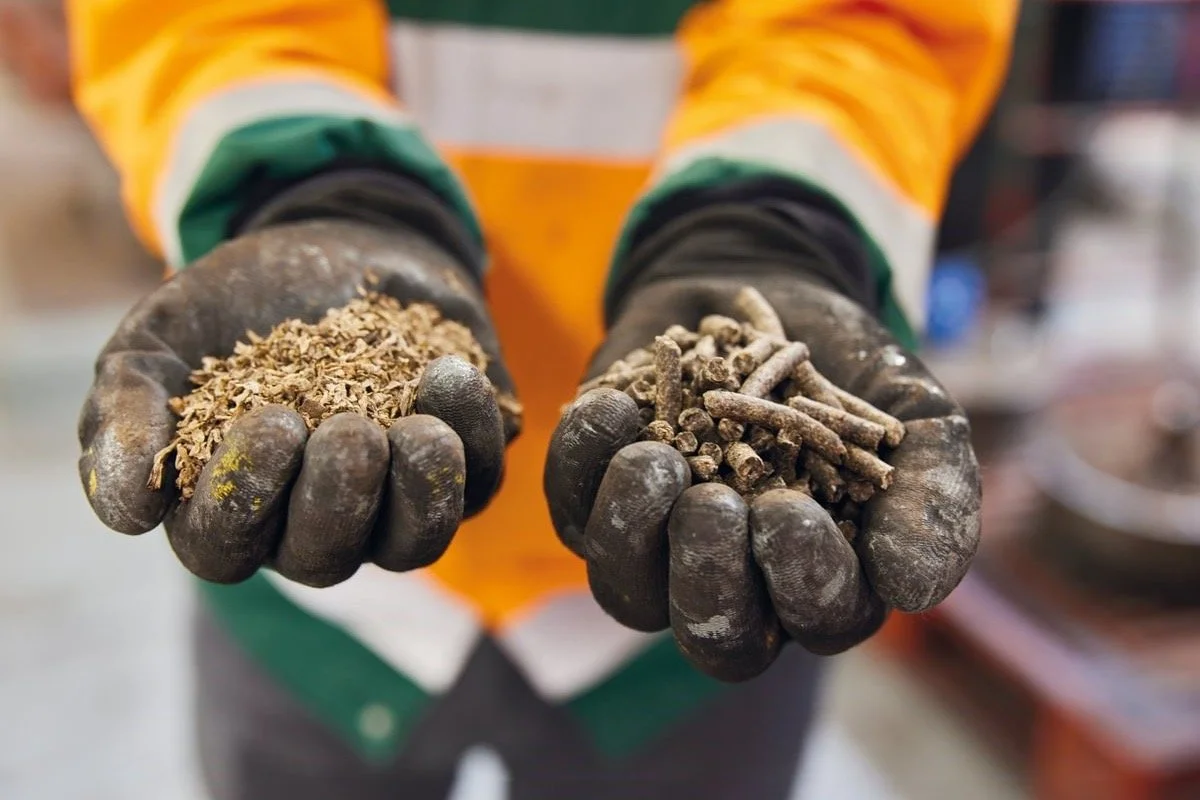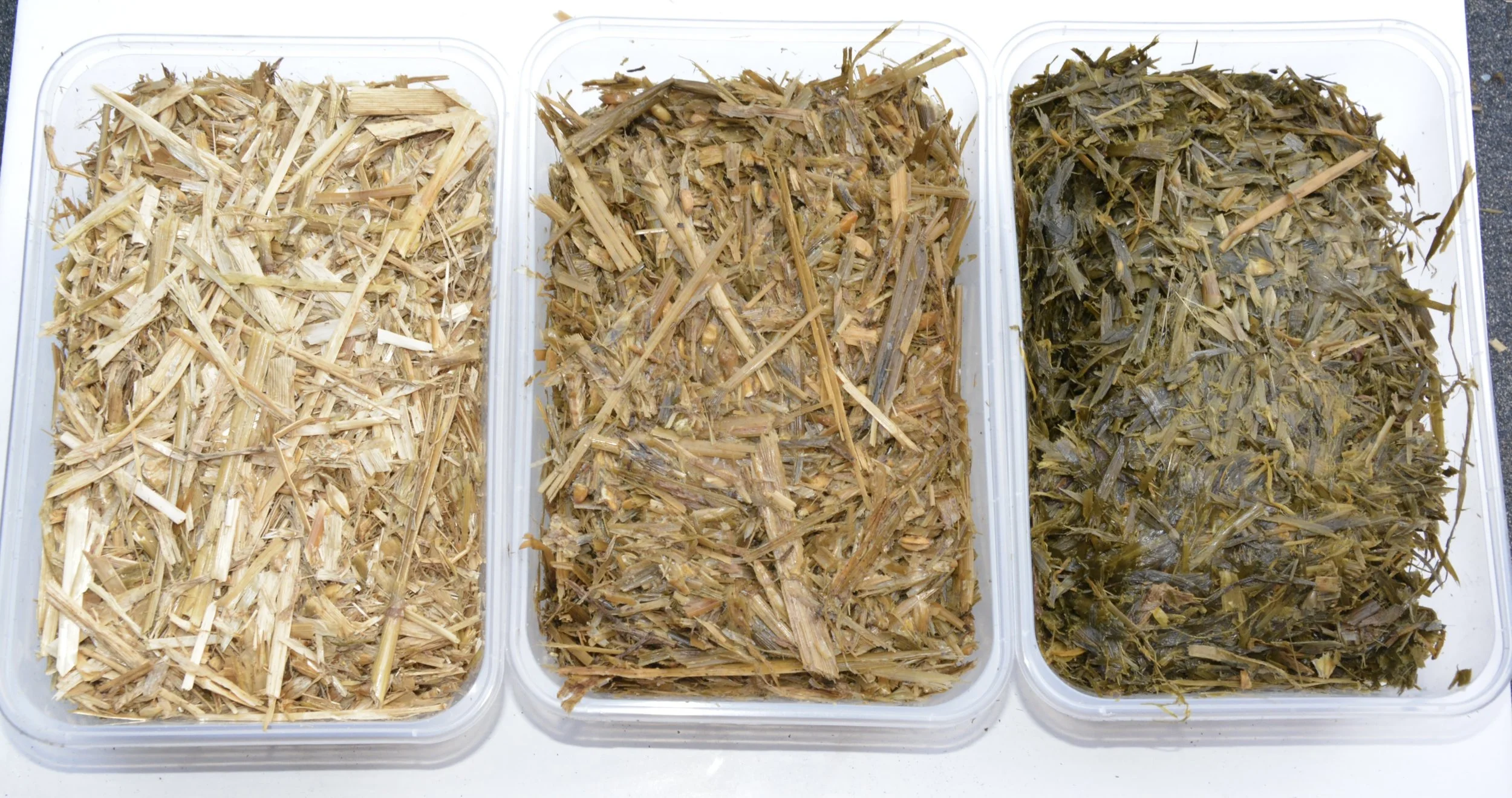Is adding beet pulp to the silage clamp a good idea?
Can you create a total mixed ration or TMR, if you are self feeding silage? The traditional answer to this is “no of course not you idiot”. But that answer didn’t allow for the lateral thinkers, because some farmers have tried, and some still persist with, the practice of adding different ration ingredients to the clamp during the harvest in order to produce a self feed TMR.
So does it matter when you add the ingredients, or could you just save time and bung it all in at the start when if you are not self feeding cows? Why don’t you just mix all the ingredients at the start and then let whole casserole get along together from the start.
There was a brief period of time when adding ingredients to the silage clamp was very much in fashion. That time seems to have passed but is there any merit in adding ingredients such as sugar beet pulp to the clamp as you are making the silage, what are the benefits and what are the risks?
Why shouldn’t you add straights to the silage clamp?
There is lots of stuff you could add to your silage, stuff like sugar beet pulp, soybean meal, rapeseed meal or brewers grains, but this is not a common practice and there is good reason why. While this stuff might survive very nicely in the clamp and provide all its feed value to the cows, it is difficult incorporate into the silage layer by layer during ensiling. This is because the clamp is already busy enough when its being filled, and another tractor running about spreading meal would probably just slow things up.
Silage spreader by Mammut
Traffic management is really only the side show however, because the real problems begin when the clamp is opened up. This is because the meal and pulp inevitably make the face of the silage much more gas permeable than straight tight silage and this leads to vastly increased face losses.
Why you might want to add concentrates to your silage clamp?
So the previous section dealt with the negatives, but what about the positive side of thing, is there any upside? Well there is always the self feed argument but thats not my focus here, there are some potential benefits for some situations, and its all to do with the effluent.
Effluent is the enemy of the environment and so I always try and work on the basis that its better to not make any of the stuff than try to deal with it. One of the ways farmers have tried to deal with it is to put some stuff in with the silage that will soak up the liquids before they can ever escape the confines of the clamp. You could try straw or hay or sugar beet pulp.
If you can get this to work then it not only saves the problem of dealing with thousands of of gallons of toxic material, but it also enable the cows or the AD tank to utilise the nutrient value that would otherwise be lost in the effluent. Surely this is a win-win situation, no effluent to deal with and extra feed value!
Are you nuts adding nuts to your silage?
So sugar beet nuts are probably easier to add to the silage than a pulp and they are probably just as effective but is it really worth the bother? On balance I would have to say that no, they are not worth the bother. In my opinion you are much better off doing everything you can to making good silage and then creating a diet with this as the major component.
ABF produce sugar beet dried pulp or pellets?
Adding components to the silage at ensiling makes it extremely difficult to predict what sort of a ration each cow will actually get once it gets onto her dinner plate. I would much rather analyse the silage I have and then start adding components to make the ration. But there is a situation where I do see a clear benefit of adding something adsorbent to your - and thats when its wet.
Is adding adsorbent feed to wet silage a good idea?
As I have said again and again, its best to do everything you can to avoid making wet silage, but sometimes all your best efforts are in vane. So faced with a wet silage, what are your options, should you add something to mop up the juice?
Sometimes silage dry matter is sub-optimal
Well yes why not, because although adding stuff to the silage can increase face losses, the train to perfection has already left so we are now left with least worst options. Adding chopped straw is often suggested but this is not really that much help. Straw isn’t as absorbent as we all think and it is also dreadful when is comes to air permeability. In fact I would rather put up with the effluent than add any straw.
Now hay is a different matter, it is a bit more absorbent than straw and it is a lot less of a problem in terms of aerobic stability but again I wouldn’t choice it. I would rather keep good hay in reserve than risk loosing it in with some dodgy silage. For me your best choice is to add some sugar beet pulp, probably as nuts. These are have good absorption properties and can be compacted well as the silage layers are added. They are also a feed that you are buying in rather than risking something you already have.
How much sugar beet pulp should you add to silage?
The pulp is doing more than just soaking up the gravy in the clamp. On of the really big issues with wet silage is the buffering effect the moister has on the pH. This results in the fermentation having to produce lots more acid than a higher dry matter silage before pH stability has been reached. This often means the silage runs out of sugar before it reaches pH stability, so by adding some sugar beet pulp pellets you can ensure there is enough sugar to reach pH stability.
Metcalfe Farms making another delivery
Sugar beet pulp will always have some retained sugar content, maybe around 5% in dried pulp and 18% in molasses treated pulp. This extra energy usually means that an “enriched” silage will reach pH stability at a higher pH than plain old wet grass, which is always very very acidic. In the trials I have read, adding beet pulp at a rate of 80-120kg per tonne of fresh forage is about the optimal rate. Any more and the fermentation can produce too much ascetic and butyric acids and can also leave the silage even less aerobically stable. Much less and the benefits on fermentation and effluent absorption are not fully realised.
In the ideal world you should never need to add anything to your clamp as you make the silage, but it might be useful to remember that there are some occasions when you just might need a backup plan.
If you want to discuss making silage in difficult conditions or would like to discuss any other aspects covered in this series, contact me at jeremy@silageconsultant.co.uk



